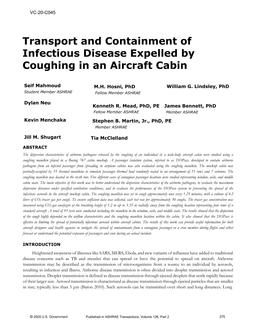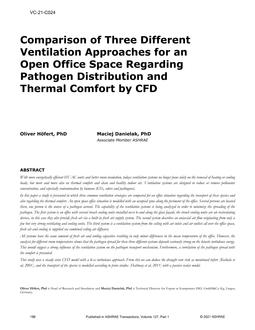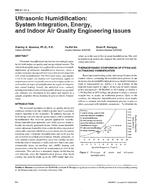The Passive House (Passivhaus) Standard of energy performance is gaining popularity in the United States as a goal for architects and builders to achieve buildings with very low energy consumption (15 kWh/m2yr thermal heating or cooling, 120 kWh/m2yr whole house source energy). Although there are extensive performance data gathered from buildings constructed in Europe, very little has been collected in the United States to
assess the detailed energy consumption and occupant comfort characteristics of completed Passive Houses. The house in this study was designed and built to the Passive House Standard incorporating an airtight, super-insulated thermal enclosure and predominantly southern facing windows with calculated overhangs and trellises to provide shading during the summer and maximized solar gain during the winter. A single point mini-split
heat pump and electric resistance heaters provide space conditioning, and a balanced energy recovery ventilator (ERV) provides ventilation. The house was extensively instrumented with sub-metering on all major electrical circuits, temperature and humidity measurements in each room, domestic hot water consumption, and recovery efficiency of the ERV. The primary goals of this two-year study were to document the energy
performance of the house in each sub-metered area and compare to modeled predictions and to assess the thermal comfort performance of the single point mini-split heat pump. This paper will discuss several performance characteristics discovered during the study.
Product Details
- Published:
- 2012
- Number of Pages:
- 8
- File Size:
- 1 file , 3 MB
- Product Code(s):
- D-CH-12-C016
- Note:
- This product is unavailable in Russia, Belarus


